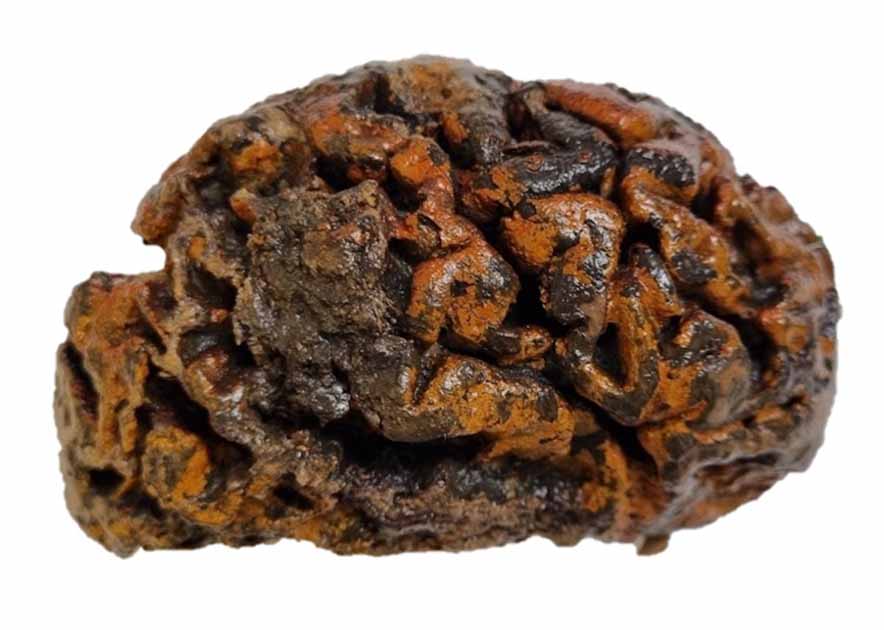Ancient Human Brains Found Preserved Through Millennia
In a revelation that is stirring the archaeological community, a recent study has demonstrated that human brains can survive the test of time far better than previously believed. This finding, led by forensic anthropologist Alexandra Morton-Hayward and her team from the University of Oxford, reveals a surprising resistance of human brains to decomposition, a stark contradiction to earlier assumptions.
A New Knowledge of Brain Preservation
Historically, human brains were considered to decay swiftly after death, making their preservation a rarity. However, Morton-Hayward's research just published by The Royal Society tells a different story. Her team has uncovered an extensive archive of over 4,400 human brains dating back nearly 12,000 years. These brains, found across diverse environments—from the icy terrains of the North Pole to the dry deserts of Ancient Egypt—challenge the notion that brains are among the first organs to decompose.
The preserved brains showcased a wide array of conditions, with textures varying from brittle and dry to soft and spongy. Interestingly, a significant portion of these brains were discovered in bodies where no other soft tissues survived, presenting a unique phenomenon in the realm of archaeological discoveries.
- Why do humans have such large brains? (And why aren’t they larger?)
- Monkeys Genetically Engineered with Human Brains!

Researcher Alexandra Morton-Hayward shows the remains of a 200-year-old brain preserved in formalin. (Graham Poulter/Royal Society Publishing)
More Preserved Brains Than One Can Imagine
The sheer volume of preserved brains has opened new avenues for research, with less than 1 percent of the archive currently studied. The conditions contributing to their preservation, such as dehydration, freezing, and tanning, are being scrutinized. Yet, what makes brains endure when other organs do not remains a mystery. This enigma could lie in the brain's unique chemical composition, particularly its balanced ratio of proteins to lipids, which may interact with environmental factors like metals, leading to preservation.
Morton-Hayward's ongoing research aims to delve deeper into these molecular interactions, employing new tools to understand the underpinnings of brain preservation. This endeavor is not just academic; it holds the key to unraveling aspects of our evolutionary history and the progression of neurological diseases.
- Searching for Genius: Einstein’s Stolen Brain
- Sherlock Holmes and the Foil Covered Brain of Lake Michigan

Fragments of a brain from an individual buried in a waterlogged Victorian workhouse cemetery (UK), some 200 years ago were the only soft tissue not totally dissolved. (Alexandra L. Morton-Hayward/Royal Society Publishing)
A Brain Bank of Information
The diversity and age of the preserved brains offer an unparalleled resource for studying ancient diseases, cognition, and behavior. As Morton-Hayward notes, "Ancient brains may provide new and unique paleobiological insights." This research could revolutionize our understanding of neurological development and disorders, offering a window into the health and lifestyle of our ancestors.
The implications of this study are far-reaching, challenging previous assumptions about soft tissue decay and opening new paths for scientific exploration. The findings underscore the complexity of preservation and the potential for future discoveries hidden within our past.

A brain found in the First Baptist Church of Philadelphia (US), which was founded in 1698. (Alexandra L. Morton-Hayward/Royal Society Publishing)
Morton-Hayward's groundbreaking research shifts the narrative on human brain preservation, offering a new lens through which to view our history. As we continue to unravel the secrets held by these ancient remnants, we edge closer to understanding the intricacies of human life and death across millennia.
Top image: The thousand-year-old preserved human brain of an individual excavated from the c. 10th century churchyard of Sint-Maartenskerk in Ypres, Belgium. This specimen is among more than 4,000 recorded in a newly compiled archive. Source: Alexandra L. Morton-Hayward/Royal Society Publishing
By Gary Manners
References
A.L. Morton-Hayward et al. Human brains preserve in diverse environments for at least 12,000 years. Proceedings of the Royal Society B. Published online March 20 2024. Available at: doi: 10.1098/rspb.2023.2606.
Le Page, Michael, March 2024. ‘Human brains have been mysteriously preserved for thousands of years’, New Scientist. Available at: https://www.newscientist.com/article/2423106-human-brains-have-been-mysteriously-preserved-for-thousands-of-years/
Georgio, Aristos, March 2024. Scientific Breakthrough On 12,000-year-old Brains Could Provide Insight Into Alzheimer's. Newsweek. Available at: https://www.newsweek.com/preserved-human-brains-12000-years-ago-among-thousands-new-archive-1880609

















